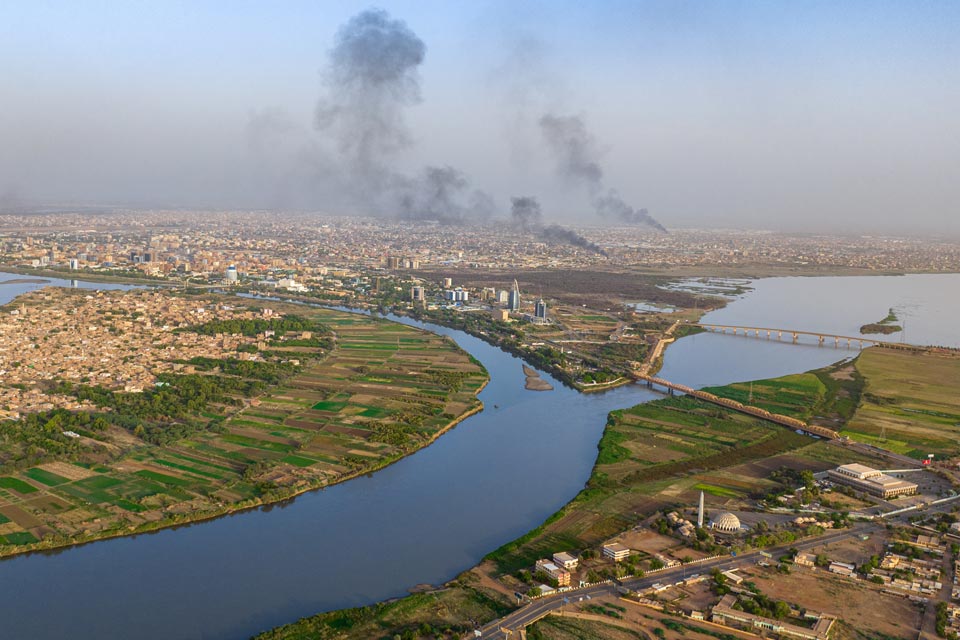
The environmental costs of the war in Sudan
How did your country report this? Share your view in the comments.
Diverging Reports Breakdown
The environmental costs of the war in Sudan
The war in Sudan began on the 15th April 2023. The conflict has caused significant direct and indirect environmental damage. Impacts include increased deforestation, agricultural decline, pollution from damaged industrial and energy infrastructure. The influx of internally displaced persons (IDPs) has placed significant pressure on the environment. These pressures have also affected neighbouring countries that are hosting substantial refugee populations.
The conflict has most heavily affected central and south-western states. While eastern states, such as Red Sea State, have seen little fighting, the influx of internally displaced persons (IDPs) has placed significant pressure on the environment. These pressures have also affected neighbouring countries that are hosting substantial refugee populations.
What began as intense urban warfare in Khartoum State quickly spilled over into other parts of the country. In December 2023, the RSF captured Al Gezira State, south of Khartoum, an area known as Sudan’s “breadbasket”, raising serious food security concerns — the SAF liberated Al Gezira State and Khartoum in early 2025. Meanwhile, southern and western states have experienced more intense fighting, particularly in Darfur, where serious human rights violations have been reported. The city of Al-Fashir has been under RSF siege since the early stages of the conflict and faced indiscriminate bombing.
Sudan’s proximity to the Sahel, the Horn of Africa, and the Red Sea means the conflict poses a serious risk of regional destabilisation, placing additional pressure on climate-sensitive ecosystems and fragile environments in neighbouring countries.
Source: https://ceobs.org/the-environmental-costs-of-the-war-in-sudan/

